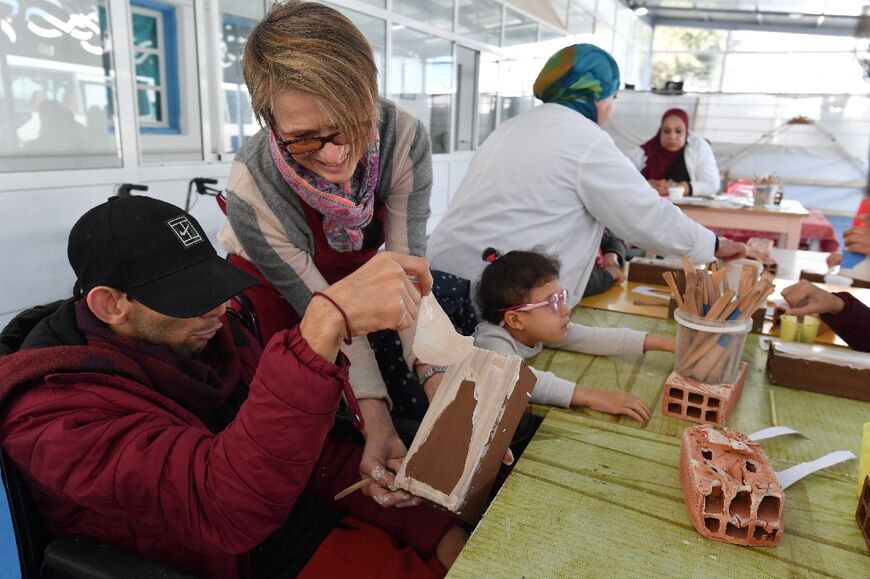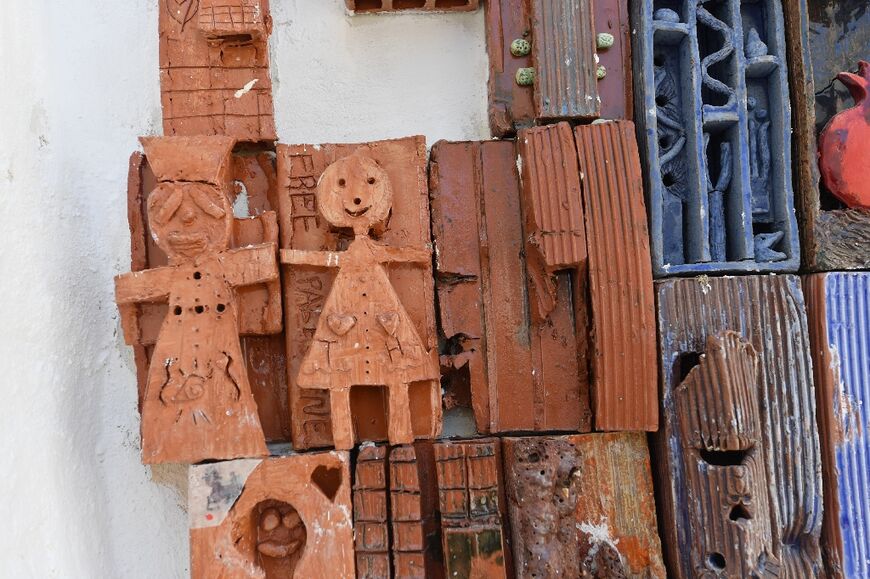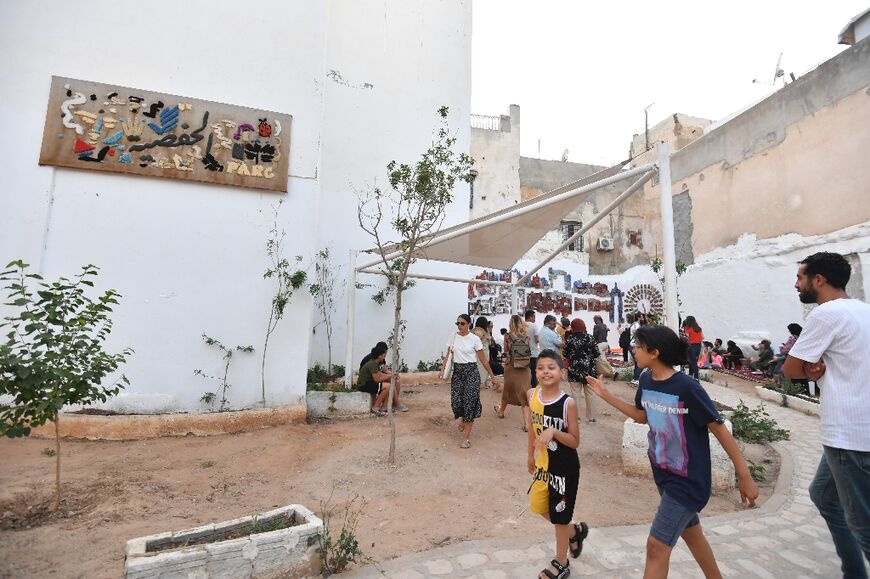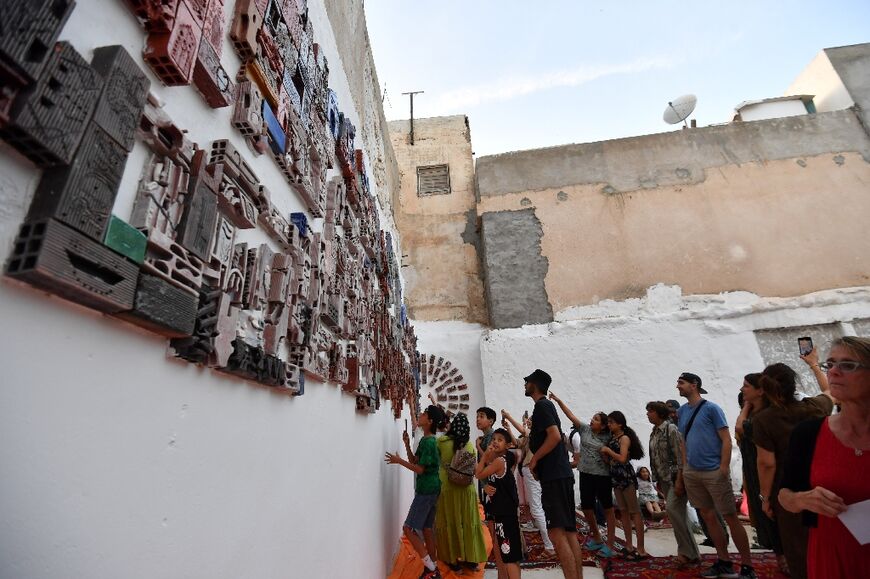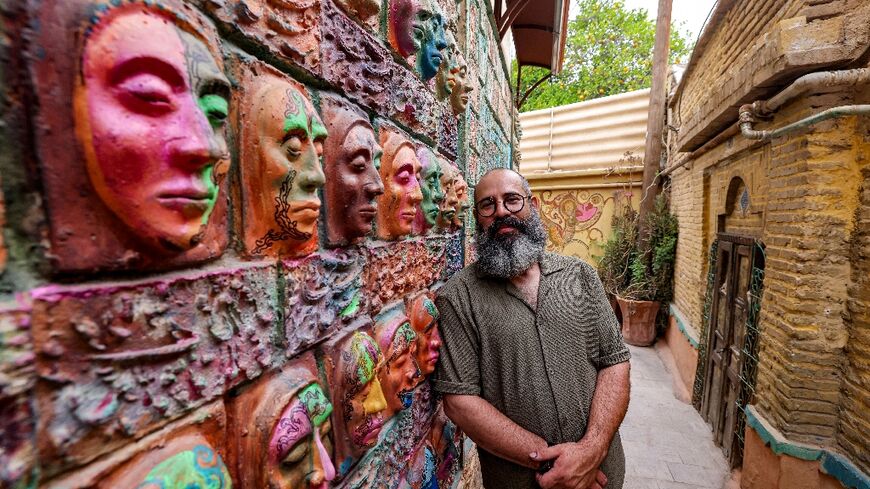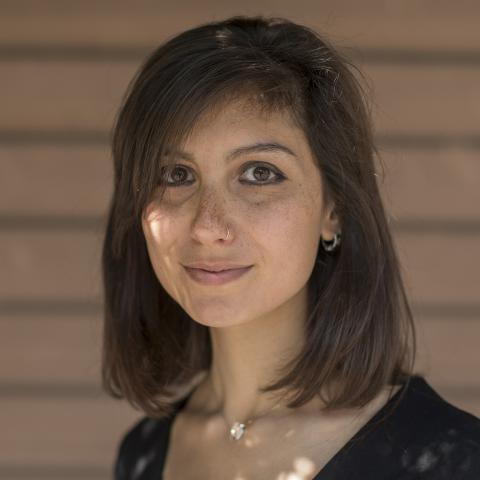Unveiling Tunis: mural celebrates 'invisible' talents

In the old medina of Tunis, a wall installation titled "1001 Bricks" showcases the talents of "invisible" creators, including art students, people with disabilities and school dropouts.
Led by Swiss artist Anne Francey, the project took shape over a year through workshops that culminated in a large bas-relief made of carved and painted clay bricks, reimagining the cityscape.
The massive artwork now graces a square in the UNESCO-listed old town of the Tunisian capital.
Its main creators are "the invisible, all these people who are on the margins of society, who have disabilities" and whom "we tend keep in the shadows and not really acknowledge", said Francey, 68.
Despite challenges, the project engaged a wide spectrum of 550 participants including art professionals, students and members of AGIM, an association for people with motor disorders.
Mohamed Boulila, an AGIM trainer, said all those who contributed to the project left a personal touch.
"We have the power to do things despite everything and show society that we shouldn't only be considered disabled," Boulila, who also lives with a disability, said during a workshop.
- 'Metaphorical city' -
Samia Souid, 56, a longtime teacher at AGIM, said the project had a positive impact on youths.
"Children who cannot speak expressed their feelings and their ideas" through the project, she said.
Each group of creators "imagined a metaphorical city", with AGIM participants focusing on a city of challenges, producing sculptures akin to contemporary art.
Supported by a Swiss foundation, the project utilised clay bricks for their availability and wide use in Tunisian construction.
The initiative follows Francey's 2019 project "1001 Hands", inspired by the "One Thousand and One Nights" fairytale, emphasising stories that intersect endlessly, she said.
Francey noted the rarity and difficulty, on a global scale, of such a "participatory art project", since it challenges the tradition of top-down artworks.
The installation helped blend the creations of "people of all social status", from architecture students to youths in reintegration -- people facing unemployment, substance abuse and other forms of social invisibility.
It is "a way of coming together around a constructive project that makes us dream of a harmonious society despite the hardships the country is going through", she said.
- 'Commitment' -
Beyond that, the mural is a statement on public space, as the square it occupies has endured years of neglect, serving as a garbage dump and parking lot until recent renovations.
Raouf Haddad, a 42-year-old porter in the commercial neighbourhood of Hafsia, said he checks in on the artwork every day and helps whenever needed.
"The entire medina should have initiatives like this," he said.
"There are collapsing roofs and walls, alleys devoid of public lighting where people cannot pass."
He hopes the square will one day become like Batman Alley -- a once-neglected passageway in Brazil's Sao Paulo which artists turned into a tourist attraction with a myriad of graffiti tags.
For now, however, what matters most is that "1001 Bricks will lead to new projects" in a neighbourhood full of "abandoned and unexploited public spaces", said Firas Khlifi, a 28-year-old project manager working on children's awareness on global warming in the neighbourhood.
The installation "will bring more animation because there are several festivals" in the medina each year likely to use the square for artistic performances and exhibitions, said Khlifi.
"With families there and children playing, it will increase the community's commitment and belonging to the project."


